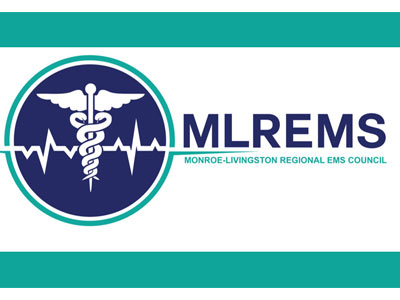 |
EMS Patient Handoffs in the Hospital |
0.50 |
|
 |
Commotio Cordis |
1.00 |
Paramedic Instructor Peter Bonadonna discusses his thoughts on Commotio Cordis in an effort to orient EMTs that are not familiar with the phenomena. |
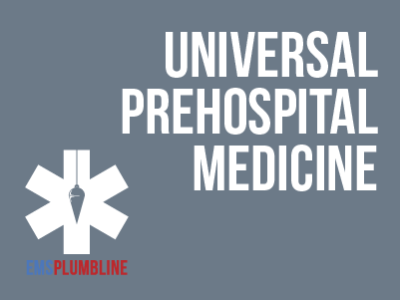 |
Pneumothorax and Hemothorax for EMTs |
1.00 |
Paramedic Instructor Peter Bonadonna discusses some of the most life threatening chest injures. |
 |
Spinal Motion Restriction Decisions |
1.50 |
Two of the University of Rochester’s finest educators discuss the decision-making that is involved with Spinal Motion Restriction.This enlightening discussion offers information that will allow providers to better interpret standing protocols.Subsequently providers will be able to create and execute better treatment plans.
Jeremy Cushman M.D., M.S., NYS Paramedic is the Chief of the Division of Prehospital Medicine, Department of Emergency Medicine, at the University of Rochester.
Mark Gestring, M.D., F.A.C.S., is the Director of Adult Trauma at the University of Rochester’s Regional Trauma Center.
Enjoy the conversation as these two experts in their respective fields escort you through the nuance that every provider should consider when treating a patient with possible spinal trauma. |
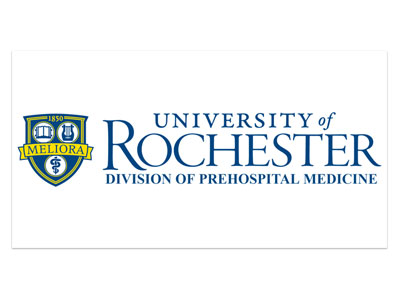 |
VAD Educational Updates for the Prehospital Care Provider |
1.00 |
Ventricular Assist Devices (VADs) are not new devices. In fact, the first successful use of such a device was described in 1966. Since then, and particularly in the past few years, VAD design and safety has improved significantly and are now commonly implanted devices.
This course strives to bring prehospital providers current with the most commonly implanted devices at the time - this course will not cover every device that a prehospital provider may encounter.
Following successful completion of the material, the provider should feel comfortable recognizing the VAD patient when encountered in the community, have an understanding of the basic VAD components, be able to assess the VAD patient's hemodynamic status, and be able to deliver care in the prehospital setting. |
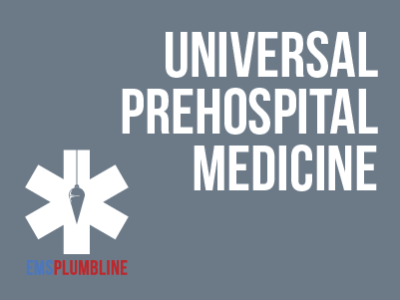 |
Mental Health - Anxiety Overview |
1.00 |
This brief overview of the topic of anxiety disorders explores the assessment and treatment that EMS providers should be familiar with. Along with the intricate evaluations that EMS providers must obtain on the patients they are caring for there is the underlying issue of evaluating ourselves. This tour of the topic will certainly offer opportunities for EMS providers to assist responders and patients alike.
Exam Description Please read each question carefully. You will have two attempts to gain a 70% or higher on this exam. If you are not successful in two attempts you are welcome to take the course again to gain the certification. Best of luck! |
 |
Climate vs. the Respiratory System |
1.00 |
This lesson briefly explores chronic respiratory illness. The benefit is we bring Meteorologist Bob Metcalfe to our discussion. You will quickly see that there are a number of things going on everyday that effect your respiratory patients that we should be aware of. Final Exam:Please read the questions carefully. You will have two attempts to obtain a 70% or higher. If you are not successful on your second attempt you are welcome to take the course again. Good luck! |
 |
Bloodborne Pathogens and HIV (Human) |
1.00 |
In this course, you will learn about the characteristics of bloodborne pathogens, diseases caused by these pathogens, such as HIV, and how they are transmitted. You will also learn the elements of an exposure control plan and how to prevent contact with or infection from contaminated body fluids. In addition, you will learn how to handle exposure incidents involving blood, and the signs, labels, and color-coding used to warn of biohazards and bloodborne pathogens. This training is provided to help employers provide a safe and healthful work environment for their employees and minimize the possibility of employee exposure to bloodborne pathogens.
This course is labeled with (Human) to indicate that it is not animal-related.
|
 |
Children with Special Health Care Needs: Assessments Part II |
1.00 |
In this second lesson of the series, another family offers their time and personal experiences. Take advantage of the information that the medical professionals and the mother of a medically fragile child offer. We believe that your assessment and treatment abilities will improve. Final Exam: This multiple choice exam is designed to test your knowledge of the material you just reviewed. You have two attempts to gain an 70% or higher on this exam. Please take your time and answer each question carefully. |
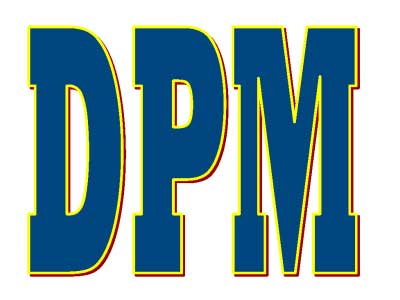 |
Effective Prehospital Patient Handoffs Between Providers |
0.50 |
Effective Prehospital Patient Handoffs Between Providers was designed to provide a common process for reporting patient information during the prehospital care process. Communication of the patient's prehospital care from all level of providers is essential in ensuring the continuation of care in a unified and effective manner and to help provide a seamless transition in their care. This course expands on the idea of effective patient handoffs to the field providers that often transfer patients between various levels of care from first-responder through advanced paramedics. Very often, initial observations of those initial responders are unavailable to subsequent responders - either because the patient has been moved, or the scene itself has been altered. Without an effective process to communicate these details, important information can and will be lost. |
 |
Mental Health Depression |
1.50 |
Most, if not all, providers have an interest in helping those around them. We found six providers that chose to tell their stories as they relate to Chronic Depression. All of the stories are different but they are all being told for the same reason. These providers are willing to do what many of us will never do. They are sharing their experiences so that they will help those around them. Mental Health First-Aid Instructor, Melodie Kolmetz and Dual Certified Family Practice Physician / Family Therapist, Alan Lorenz discuss the growth that our profession has seen. They also give fantastic guidance regarding the care of patients, partners, and ourselves. |
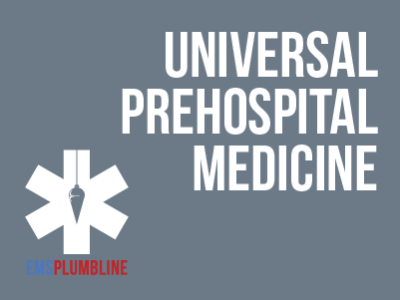 |
Neurogenic Shock Reviewed |
1.00 |
Terms that are commonly heard, such as neurogenic shock and spinal shock often confuse EMS providers. Knowing the meaning of each term is only the beginning. In this overview, Dr. Jeremy Cushman offers a few pearls of wisdom that will assist EMS providers of all levels with the secondary assessment of patients who may have suffered life-threatening spinal trauma. Test: This multiple choice exam is designed to test your knowledge of the material you just reviewed. You have one attempt to gain an 70% or higher on this exam. Please take your time and answer each question carefully.
|
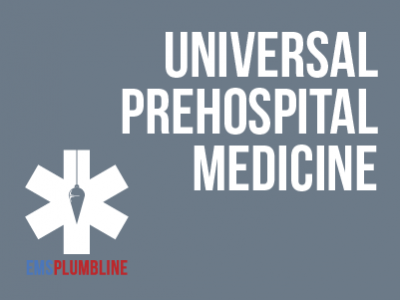 |
Communications for the Fire and EMS Supervisor |
1.00 |
So much of what we do in Fire and EMS is problem-solving. This CME is a fantastic means for managers to learn about the very technical field of Radio Communications. If you are a manager that is in the position of problem-solving, you will want to take time to review this material. Three experienced professionals succinctly discuss what you will need to know when preparing for a problem or reacting to problems in the Radio Communications realm. Final Exam: This multiple-choice exam is designed to test your knowledge of the material you just reviewed. You have two attempts to gain an 70% or higher on this exam. Please take your time and answer each question carefully. |
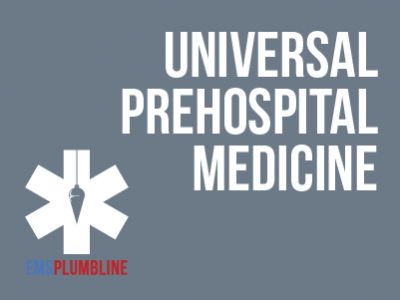 |
Head Trauma Interviews: Lesson 1 |
1.50 |
Lauren Wittman RN, BSN, CCRN-CMC, sits down to discuss some of the fundamental components of brain and skull Anatomy and Physiology with Jonathan J. Stone, M.D. . As the discussion continues, Dr. Stone offers an in-depth look at what we can expect when secondary trauma to the brain continues to manifest. This valuable information will assist you with understanding your local protocols no matter where you are. Final Exam: This multiple-choice exam is designed to test your knowledge of the material you just reviewed. You have two attempts to gain an 75% or higher on this exam. Please take your time and answer each question carefully. |
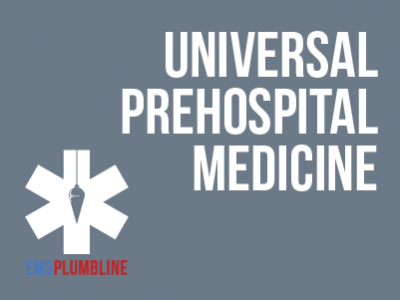 |
Popular Tourniquets |
1.00 |
Prehospital trauma care has not seen many changes that rival the advent of tourniquets. There is a lot of material that is nice to know. This lesson is a brief review of what we believe medics need to know. Successful completion of this lesson will set the stage for higher-level conversations. More importantly, we hope that you will be encouraged to practice applying the tourniquets until you have obtained true proficiency. Final Exam: This multiple-choice exam is designed to test your knowledge of the material you just reviewed. You have two attempts to gain an 80% or higher on this exam. Please take your time and answer each question carefully.
|
 |
Head Trauma Interviews: Lesson 2 |
2.00 |
In this second segment of our series, Christopher G. Zammit, M.D. sits down with Lauren Wittman, RN, BSN, CCRN-CMC and they define what head trauma is and how best to treat it. Final Exam: This multiple-choice exam is designed to test your knowledge of the material you just reviewed. You have two attempts to gain an 75% or higher on this exam. Please take your time and answer each question carefully.
|
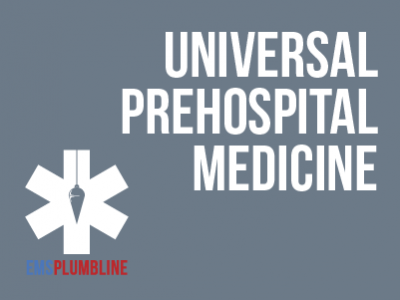 |
COVID-19 Pandemic—EMS Documentation |
1.00 |
Paramedics Mark Philippy and Ben Sensenbach take time in the Spring of 2020 to discuss the documentation concerns that are associated with COVID-19. This in-depth discussion will lead most providers to the conclusion that they are already doing good work and it should continue. This discussion is strong enough to lead the same providers to think slightly differently about what is done during a pandemic period and they may decide to make minor alterations in what the way the document after EMS responses. Final Exam: This multiple-choice exam is designed to test your knowledge of the material you just reviewed. You have three attempts to gain an 80% or higher on this exam. Please take your time and answer each question carefully. |
 |
Lifting and Moving—Lesson 1 |
0.50 |
There are several disciplines of healthcare that require proficiency in lifting and moving. Prehosital medicine and fire-service-related rescue requires a proficiency in this area that is beyond any other area of healthcare. Our team of experts discuss the challenges that we face in our community. In this first session of the series, we explore the mindset and preparation that must take place in order to achieve success.
Final Exam:This multiple choice exam is designed to test your knowledge of the material you just reviewed. You have two attempts to gain a 70% or higher on this exam. Please take your time and answer each question carefully. |
 |
Geriatrics Block: Communication |
0.59 |
In Geriatrics Block: Communication, you will learn about the proper ways to communicate with geriatric patients. You'll learn about causes and signs of hearing loss and aphasia and how to recognize both in patients. You will discover how to effectively and properly communicate with older patients, including those who have hearing loss or aphasia. Challenges that commonly arise in communications between nursing home staff and EMS personnel will also be discussed. You'll learn about methods to avoid confrontational interaction, and will be able to identify ways to communicate effectively with nursing home staff to provide timely and appropriate medical care. |




















